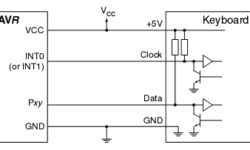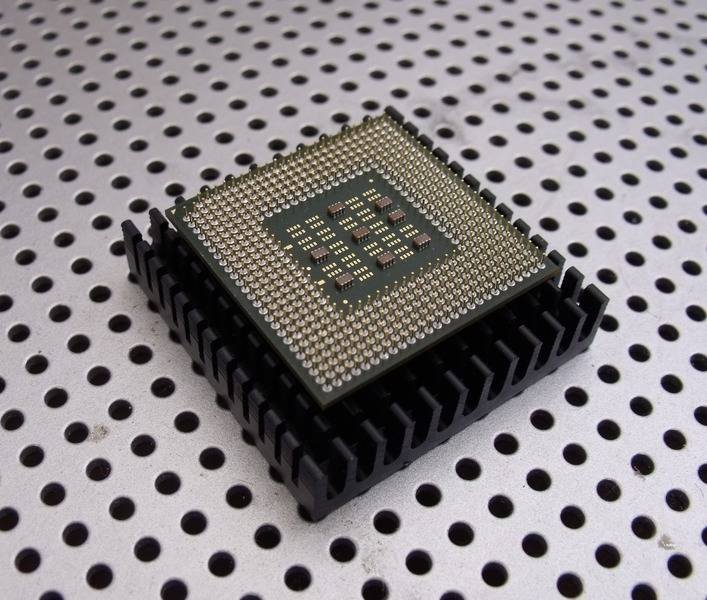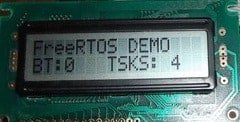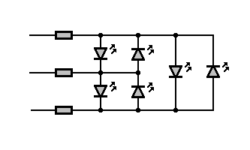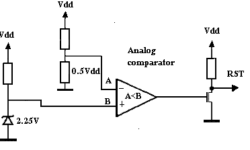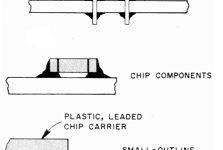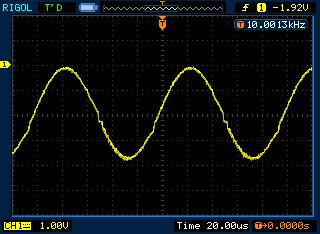Set up AVRStudio to use AVR-GCC compiler
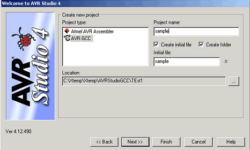
After the release of AVRStudio4, there is possible to integrate the AVR-GCC compiler into it. As you know, AVRstudio is a powerful tool that has an assembler compiler- debugger, programmer, etc. Integration of AVR-GCC makes this tool a much more powerful and more complete playground for developers. A plugin built-in AVRStudio detects the AVR-GCC compiler by itself, so you don’t have to bother how to tie them together. And here we go – full set of good tools comparable to commercial. The convenient user interface, automatic makefile generation, visual debugging by watching processors register, or even you can flash the chip. How to set up the working environment? This is simple. First of all, you have to download WinAVR20060421 and install it on your machine. Then download AVRStudio Version 4.12 and service pack 3 and install them on your PC. And… that’s it. You are set. Now open AVR Studio and select menu->Project Wizard->New project. In a Welcome AvrStudio4 Screen, select Project Type AVR GCC, enter a project name, select Create Initial file if you want to initial c file to be created. Select Create Folder to put project files in a separate folder. Enter an initial c file name.…






